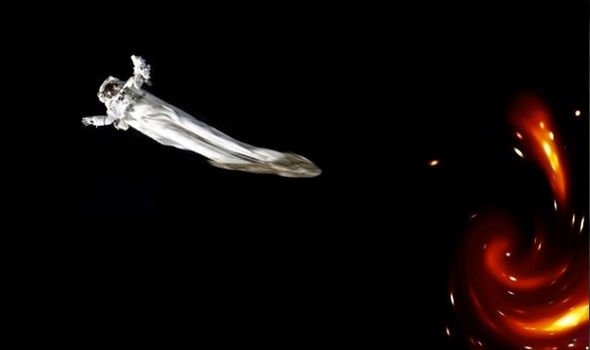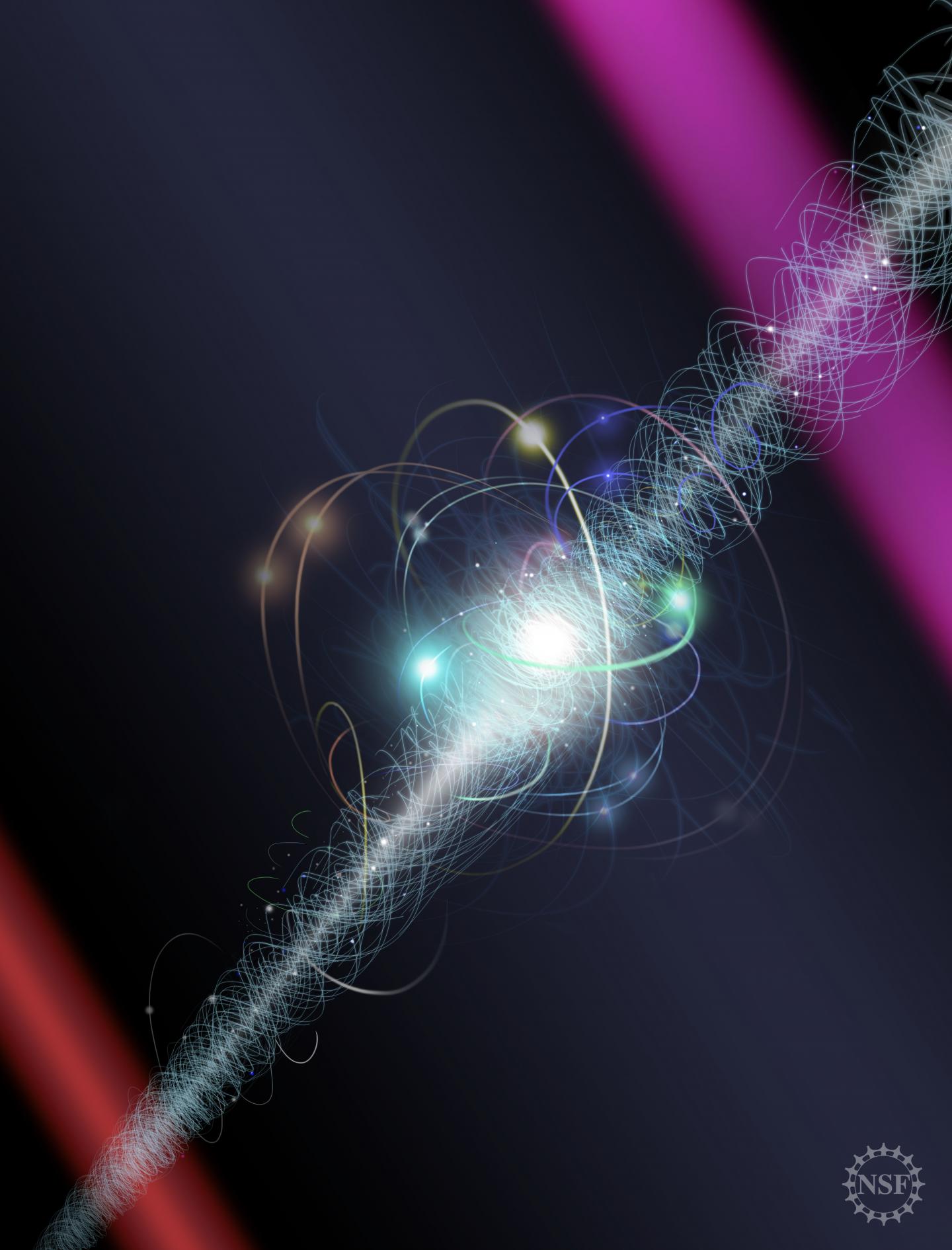70 Falmouth Street Portland, Maine 04103 43.6667° N 70.2667° W Altitude: 10 feet below sea level Founded January 1970 Julian Date: 2459360.18
2020-2021: CXXXVI
THE DAILY ASTRONOMER
Tuesday, May 25, 2021
The Astrophysics of Spaghetti Making
How deliciously fun it is to contemplate perils that one will likely never confront. Our minds are often so preoccupied with the world's myriad dangers, both minor and severe, that one experiences pleasure when playing through scenarios that are highly unlikely to occur. Want a perfect example: wondering what would happen were one to venture too close to a black hole. If you're the type to not only compile a list of worries, but you also enumerate them according to their occurrence probabilities, you can tuck this one far below the top one thousand. The closest known black hole, playfully dubbed "The unicorn," is 1,500 light years away: farther away than almost every star visible to the naked eye.
Granted, if you venture too close to a black hole, you'll die! Black holes are notorious for exerting a pull that even the U.S.S. Enterprise with all its warp drives can scarcely resist. Consequently, were you ever to find yourself within sight of one, you'd be well advised to avoid it. So, let's even keep you out of the scenario entirely. What exactly would happen to a hapless astronaut ensnared by a black hole's immensely powerful gravity? Here, we'll assume said astronaut finds him/herself around a stellar-mass black hole, the type produced by the implosion of a highly massive star.
What would happen?
See the image below:

An astronaut drawing too close to a black hole would experience an extremely rare effect called "spaghettification." (Forgive me if I misspelled that term. In my defense, there is no correct spelling for that term.) As our unfortunate space traveler approached the black hole, he/she would be subjected to extreme tidal forces, also known as differential gravity. The gravitational force applied to the feet -assuming the astronaut is moving feet-first- will be millions of times greater than the force exerted on the head. We ascribe this substantial difference to the black hole's small size. Were it a larger body, such a moon or a planet, the gravitational force exerted on the head would be almost equal to that on the feet.
The tidal forces are so powerful that the ill-fated human explorer would be literally stretched out into a thin cord, hence the term "spaghettification." When the astronaut moved to within 200 miles of the event horizon, the region surrounding the black hole's singularity within which not even light can escape, his/her body would be torn into fragments that, themselves, would be reduced to molecules and then.....

into the subatomic particles comprising those molecules. Even though gravity is the weakest of the four fundamental forces, around a black hole it becomes so powerful it can dismantle even atomic nuclei, which are bound together by the strong nuclear force, the strongest fundamental force of them all.
Falling into a black hole is certain death.
However, since the probability of encountering a black hole is vanishingly small, the contingency is a remote one.
To subscribe or unsubscribe from the Daily Astronomer: